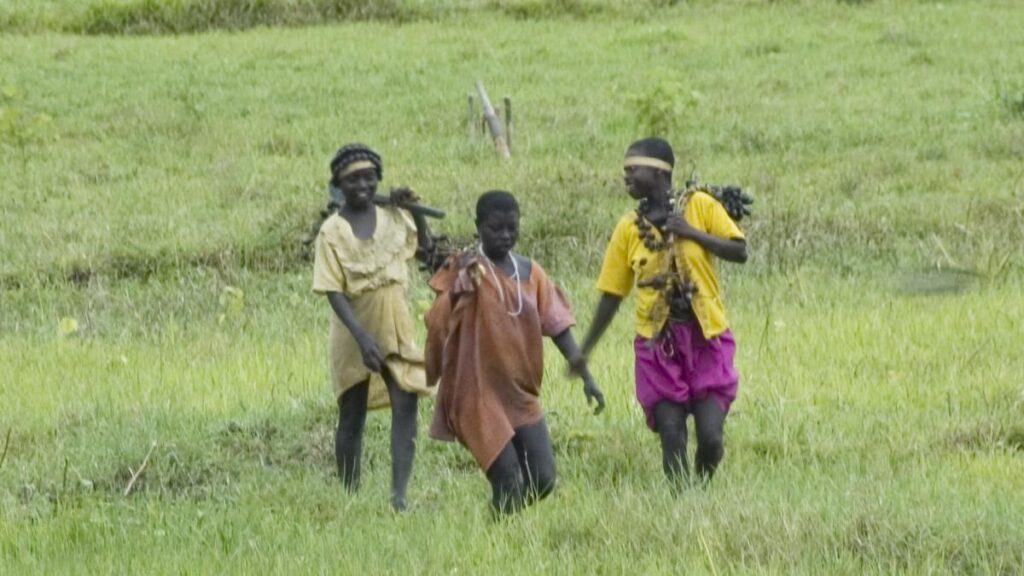
The Jarawas are one of the world’s oldest surviving tribes and are mostly hunter-gatherers, living in nomadic bands of 40-50 individuals.
| Photo Credit: The Hindu
Conducting census among the six main indigenous tribes in the Andaman and Nicobar Islands will not be tough as the Central Government has already made contact and are running several welfare measures for these tribes, said physician Ratan Chandra Kar, speaking exclusively to The Hindu.
The Government has formally announced that the 16th Census of India will take place in two phases, with the reference dates set as March 1, 2027, for most of the country and October 1, 2026. This census will include the first nationwide caste enumeration since 1931.
Dr. Kar who played an important role in providing healthcare to the Jarawa tribe of the Andaman Islands began his work with the tribes in 1998, combating a devastating measles outbreak in 1999 that threatened the tribe’s existence.
The Jarawas are one of the world’s oldest surviving tribes and are mostly hunter-gatherers, living in nomadic bands of 40-50 individuals.
“Currently the population of the Jarawa tribe has grown from 260 to 647 which is good steady growth,’” he said.
Explaining the population growth trajectory of the tribe he said that in the month of September 1998, Jarawas met the local population.
“At that time, their population was 260 and as of today, their population has increased to 647. This increase has been possible and achieved on account of the Central Government’s successful attempt to establish meaningful contact with them, winning their trust and developing friendly relations,” he said.
Dr. Kar added that the Government has been able to provide sustained, targeted, and proactive medical care as and when required and because of this “we have successfully countered all such occurrences of new diseases/infections (measles, malaria, conjunctivitis, mumps, hepatitis, and others) without any significant mortality. The policy decision taken to provide proactive and preventive medical coverage without interfering in their own medicinal practices has led to this achievement of increase in population which currently stands at 647,” he explained, adding that this trust will ensure that officials get full access during the up-coming census activity.
Tribes in Andaman and Nicobar Islands are the Great Andamanese, Onge, Jarawa, Sentinelese, Nicobarese, and Shompen.
Speaking about the impact of Andaman Trunk Road (ATR) in terms of access and intrusion in the tribal settlement he said that the best chance of survival for the Jarawas is “we leave them alone with minimal intervention’’.
“The tribe doesn’t suffer from any lifestyle disease including heart problems, diabetes, hypertension etc, deliveries are almost always normal and normal life span is up to 50 plus now. We only need to offer modern medical care as a supplement to their own system of natural medicine and immunity,” he said.
Dr. Kar has suggested that the ATR while being the lifeline impacting few lakhs of people staying in South Andaman, Middle Andaman and North Andaman, brings Jarawas much closer to the local population.
“Regulating traffic movement through ATR will ensure that the balance of ensuring convenience of local population and keeping Jarawas at bay from local population. This is vital for their survival,” he added.
Published – July 13, 2025 04:29 pm IST

